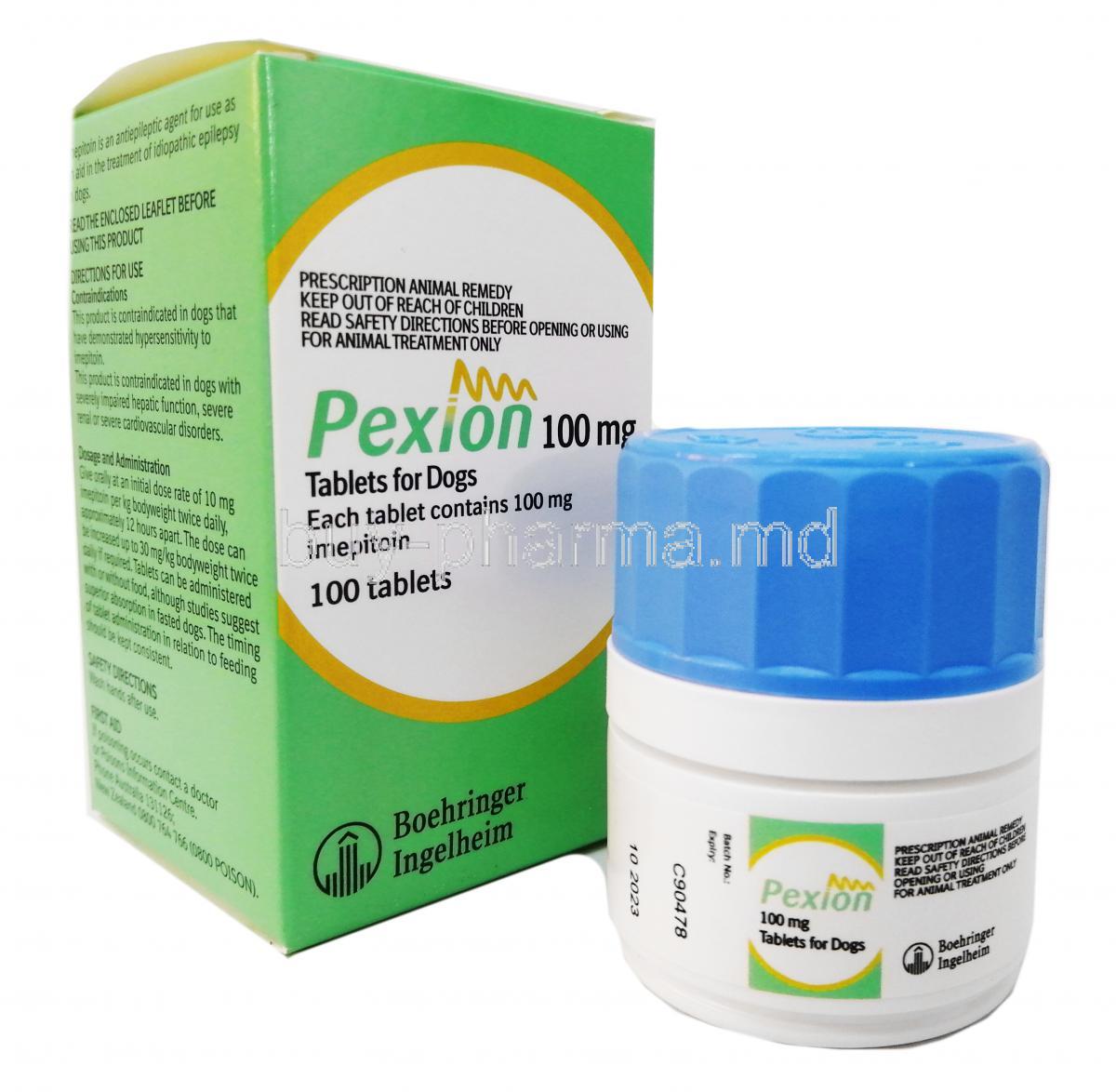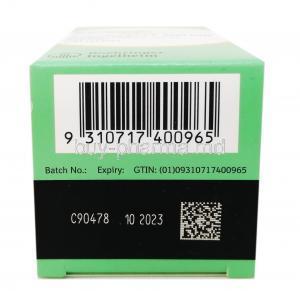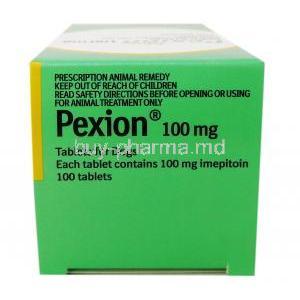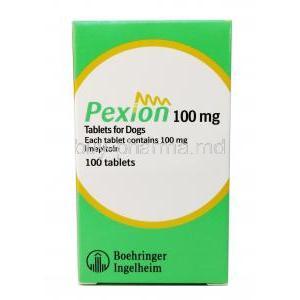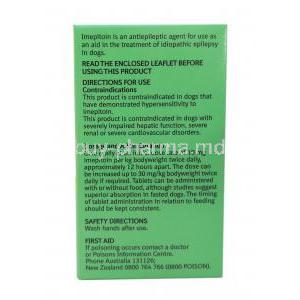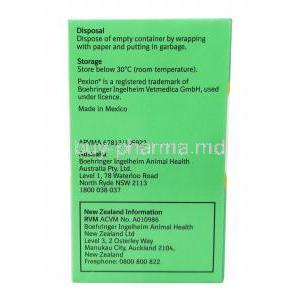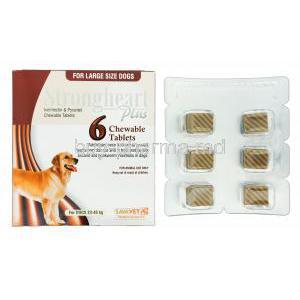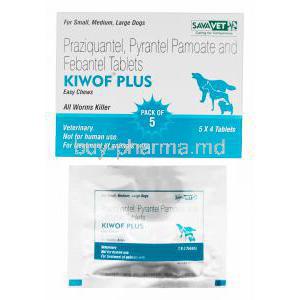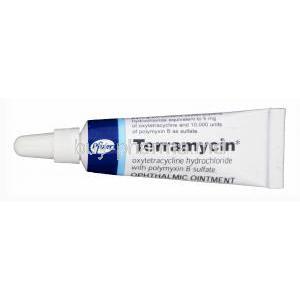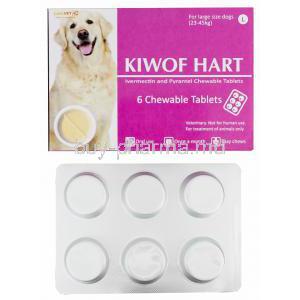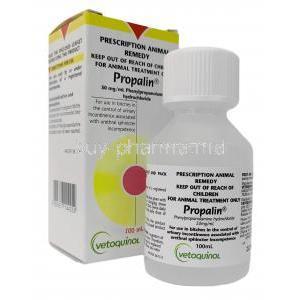Pexion
- I. Introduction to Pexion
- II. Composition of Pexion
- III. How Pexion Works: Mechanism of Action
- IV. Uses of Pexion
- V. Off-Label Uses of Pexion
- VI. Dosage and Administration of Pexion
- VII. Side Effects of Pexion
- VIII. Interactions With Other Medications
- IX. Warnings and Contraindications
- X. Careful Administration and Important Precautions
- XI. Special Considerations for Pexion Administration
- XII. Handling Overdosage of Pexion
- XIII. Storage and Handling Precautions
I. Introduction to Pexion
Pexion: An In-Depth Look at Its Role in Veterinary Medicine Pexion plays a role in veterinary medicine, particularly in treating idiopathic epilepsy in dogs. Its emergence has significantly transformed how this neural disorder is managed, providing hope for furry companions facing this challenge.
The Journey to Approval and Adoption in Medical Practice The inception of Pexion can be traced back to scientific studies and clinical trials that ultimately led to its approval. This significant milestone highlighted its effectiveness and emphasized its safety profile, establishing it as a cornerstone in addressing canine epilepsy.
II. Composition of Pexion
The key component and its function, Imepitoin, the ingredient in Pexion, stands out due to its distinctive way of working. It adjusts the GABAergic neurotransmission, leading to benefits and a few side effects—different versions of the formulation.
Their particular purposes: Pexion comes in forms, each designed to address a range of therapeutic requirements and dosing convenience. This adaptability makes it easier to incorporate into treatment plans, increasing its usefulness in real-world medical settings.

III. How Pexion Works: Mechanism of Action
Exploring How Pexion WorksPexion functions by boosting the influence of GABA in the brain, which helps to regulate nerve cell excitability and ultimately lessens the occurrence and intensity of seizures.
Impacts on Brain CircuitryPexion hones in on the limbic system, an essential region linked to seizure onset. Through regulating activity within this area, Pexion effectively manages the manifestations of epilepsy.
IV. Uses of Pexion
- Pexion is officially authorized for use in the European Union. It serves the following purposes in dogs:
- Reducing the frequency of generalized seizures (fits affecting most or all of the brain) due to idiopathic epilepsy (epilepsy of unknown causes). It should be used after careful evaluation of alternative treatment options.
- Reducing anxiety and fear associated with noise phobia12.
V. Off-Label Uses of Pexion
Veterinarians sometimes use Pexion for not officially approved purposes, relying on its safety record and the wider range of conditions it can potentially address. Ongoing research and trials are shedding light on possibilities for using Pexion, showing its effectiveness in treating various neurological disorders.
VI. Dosage and Administration of Pexion
Dosage Recommendations for Conditions: The Pexion dosing schedule is carefully designed based on the seriousness of the illness and the dog's weight. Following these instructions helps maintain a balance between effectiveness and safety.
Administration Method and Frequency of Dosing; Pexion is given orally with dosing frequency adjusted to maximize therapeutic benefits while minimizing potential side effects.
Adjustments in Dosage for Specific Groups; Special attention is needed when giving Pexion to groups like dogs, with kidney or liver issues. In situations dosage modifications might be needed to suit their changed pharmacokinetic profiles.
VII. Side Effects of Pexion
Common Adverse Effects and How to Handle ThemAlthough Pexion is usually well received by dogs, a few may encounter side effects. These commonly involve stomach issues or fatigue, which usually fade away on their own without requiring any treatment. Uncommon yet Severe ReactionsIn cases, there could be more severe adverse reactions. It's crucial to stay alert and seek advice from a veterinarian if any unusual symptoms appear.
VIII. Interactions With Other Medications
When giving your pet Pexion along with medications, it's essential to be cautious. Mixing drugs can impact how they work in the body, leading to the need for changes in treatment plans. To prevent or handle drug interactions, it's crucial to check your pet's past medication use and take proactive steps to minimize any potential risks.
IX. Warnings and Contraindications
Certain situations and factors may prevent the use of Pexion such as being overly sensitive to its ingredient, which makes it unsuitable for use. It is important to be aware of these limitations to safeguard well being. Specific groups of patients, like nursing dogs may need extra care when considering using Pexion. The choice to administer Pexion in these scenarios should be based on an evaluation of risks and benefits.
X. Careful Administration and Important Precautions
To ensure the administration of Pexion, it is crucial to follow the recommended guidelines. This involves dosing, monitoring for any side effects, and scheduling regular veterinary checkups. Continuous monitoring is essential to achieving the treatment results. Regular evaluations help detect and handle possible negative effects, guaranteeing the patient's health and safety.

XI. Special Considerations for Pexion Administration
When it comes to caring for dogs it's important to be mindful of their heightened sensitivity to Pexion. Starting with doses and closely monitoring them is recommended for this group. For nursing dogs, the safety of using Pexion hasn't been firmly established yet. It's best to use caution and seek guidance from a professional before considering its use, in these situations. When it comes to dogs like pediatric patients customized dosing plans may be necessary. These adjustments help ensure the effective administration of Pexion taking into account their unique physical traits.
XII. Handling Overdosage of Pexion
Signs and Symptoms of Overdose
In the unfortunate event of a Pexion overdose, certain signs and symptoms may manifest, indicative of the body's adverse reaction to excessive quantities of the drug. These may include, but are not limited to, exacerbated lethargy, profound ataxia, and in severe cases, respiratory distress. Recognizing these symptoms promptly is crucial for the immediate welfare of the patient.
Immediate Actions and Treatment Protocols
Upon suspicion of an overdose, the following immediate actions and treatment protocols are paramount:
- Discontinuation of Pexion administration at the earliest indication of overdose.
- Initiation of symptomatic and supportive care tailored to the severity of the symptoms exhibited by the patient.
- Consultation with a veterinary toxicologist or an emergency veterinary service to determine the necessity for, and the method of, decontamination.
- Monitoring of vital signs and, if necessary, provision of respiratory support and fluid therapy.
These steps are instrumental in mitigating the adverse effects and ensuring the rapid stabilization of the patient.
XIII. Storage and Handling Precautions
Storage Recommendations for Maintaining Pexion Effectiveness: The effectiveness of Pexion is closely tied to how it's stored. It's best to keep Pexion dry, away from sunlight and moisture. Ideally, maintain temperatures between 15°C to 25°C (59°F to 77°F) to preserve the medication quality and effects over time.
Safety Precautions for Handling and Disposing of Pexion: Following safety precautions when handling and disposing of Pexion is essential for both its effectiveness and safety. Handlers should wear gloves to avoid skin contact, reducing the risk of absorption and potential allergic reactions. Proper disposal of unused medication should be done in line with local regulations on pharmaceutical waste to prevent water contamination or harm to wildlife and the environment.

